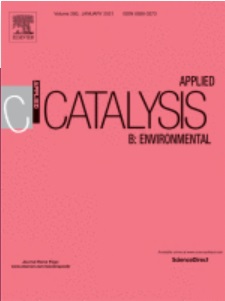Photocatalytic hydrogen (H2) production on zinc sulfide (ZnS) still remains unsatisfactory because of the fast charge carrier recombination through direct-bandgap and photocorrosion by oxidative holes at the valence band. Here we report on a strongly coupled heterojunction photocatalyst (ZnS/PDA) comprising by a ZnS nanorod and ultrathin polydopamine (PDA). The ZnS/PDA exhibits H2 production rate of 2162.5 μmol h−1 g−1, and 78.7 % of this initial photoactivity is sustained after consecutive running for 24 h. A double staggered heterostructure by interfacial zinc oxysulfide and 1 nm-thick PDA layer gives rise to the effective separation, transport, and tunneling of charge carriers for robust H2 production without the trade-off between photocatalytic stability and activity. We anticipate that the present ZnS/PDA can be exploitable in other catalytic applications, such as disinfection of bacteria and air purification. Furthermore, easy modification of optoelectronic properties by PDA will be applicable to a wide range of materials.



